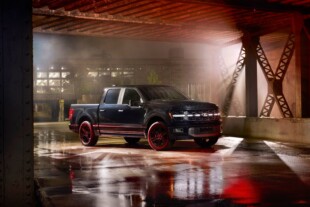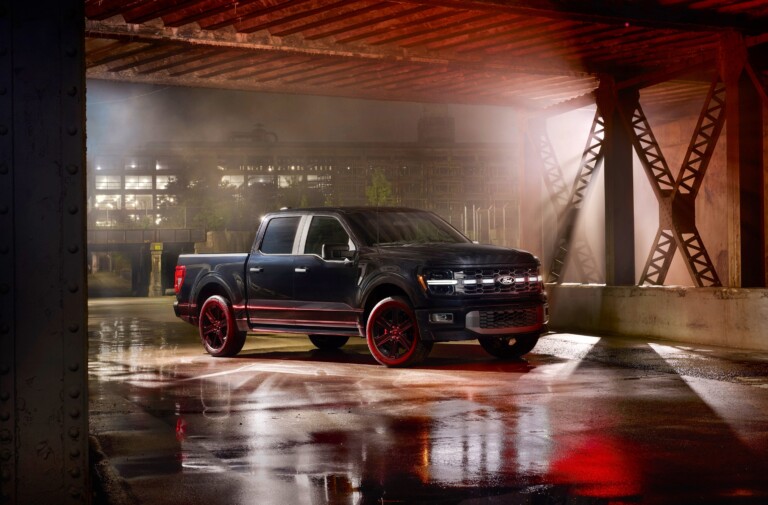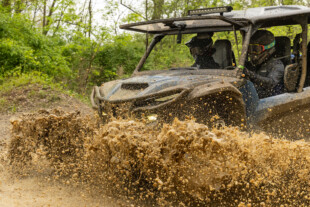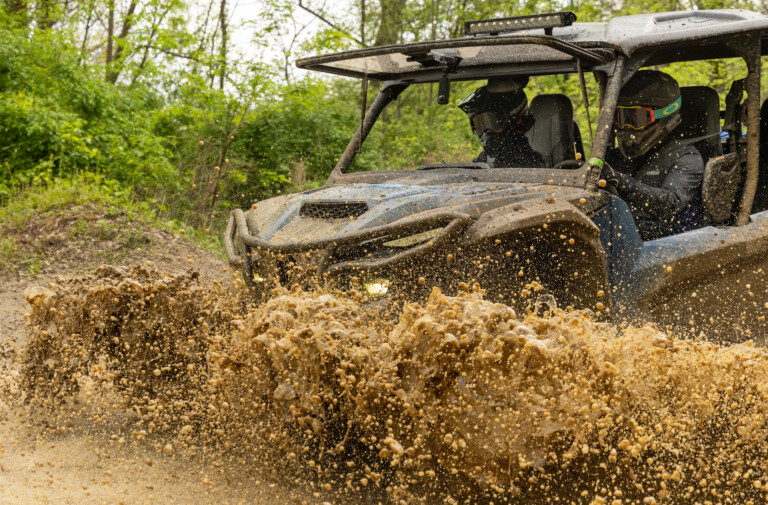Though different in layout, weight, and power output, the AMG GT R and the newest GT3 RS have emerged in the past year as some of the dominant forces in the world of track-oriented sports cars. They’ve earned those titles by having certain things in common: both use rear wheel-steering to make them more incisive, both produce lots of downforce, both drive the rear wheels alone, both hail from the Fatherland, and both have set very similar times at the Nurburgring.
It’s a rare treat to see these two kings of the trackday driven at the limit, around traffic, and over the crests and undulations of the daunting Nordschleife. With neither driver leaving much on the table, we’re given a demonstration of these two machines strengths and weaknesses in vivid detail. What lucky viewers we are.
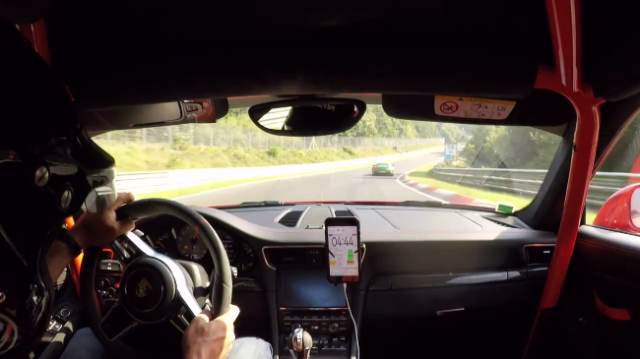
In the medium-speed bends, the Porsche’s front axle prevents it from tracing as tidy a line as the Merc.
Though the normally-aspirated Porsche is very quick in a straight line, the dragster of the pair is undoubtedly the turbocharged Mercedes. Its 4.0-liter V8 makes an astonishing 577 horsepower and 516 lb-ft of torque, and crucially, it delivers most of its torque from just 1,900 rpm! That broad wave of shove matched with clever engine mapping means it delivers power smoothly and seamlessly.
The Mercedes lacks the same sort of anchoring over the driven wheels as the Porsche does, it does employ a transaxle, a nine-stage traction control system borrowed from a GT3-spec racing car, and 325-section Michelin Pilot Sport Cup 2 tires. That means the green Merc can launch off the corner on par with the rear-engined Porsche, which weighs some 200 pounds less, but is also down by 177 lb-ft.
That advantage in sheer grunt is noticeable from the start. It drives off the corner with as much urgency as the lava orange Porsche pursuing it, but it can stretch a gap as soon as the road begins to straighten. Plus, the extra torque helps it in scything through the traffic on this particular Touristenfahren day at the Nordschleife.
It should be noted—the Mercedes has more than just power to its advantage.
The Mercedes’ grunt is matched by its pin-sharp front. Whereas the Porsche misses the occasional apex and suffers from some understeer in the medium-speed bends, the Mercedes—helped by front tires wider than the Porsche’s—has an agility at slower speeds that has to be seen to be appreciated.
At 2:36, the two must take different lines through the medium-speed Pflanzgarten II: the Mercedes turns in late and abruptly, while the Porsche needs to turn in earlier on a shallower line to avoid overloading its limited front tires. Corner exit speeds are similar, but once the Mercedes gets into its stride, it quickly becomes an emerald speck on the horizon. In low- and medium-speed sections, the Merc has the definite edge.
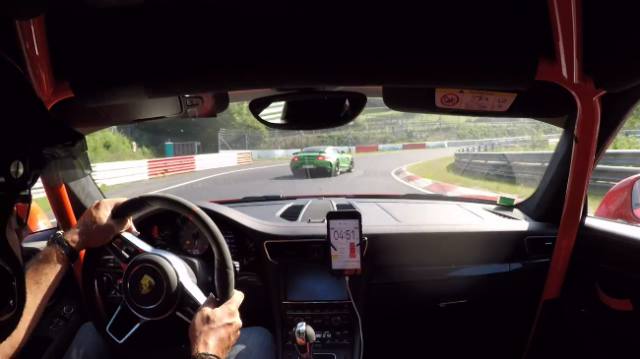
In the slower sections, the Merc can take a diamond line, whereas the Porsche compromises its entry with a shallower, tighter line.
However, things change when they’re running over 100 mph—the Porsche’s aerodynamic balance and layout make it the quicker car. In the ultra-quick, sphincter-tightening sections where confidence in the machinery pays dividends, the Porsche always closes the gap and seems the more reassuring car to be in.
The Porsche might still be the King of the ‘Ring in many eyes, but the Mercedes, aptly named the “Beast from the Green Hell,” is a serious challenger to the throne.



